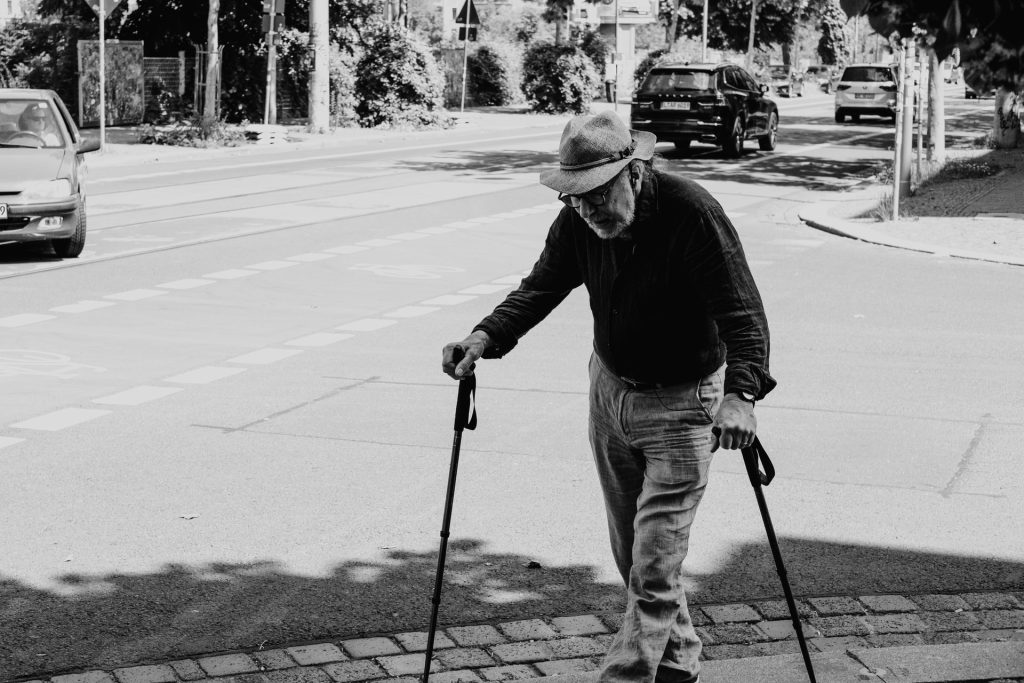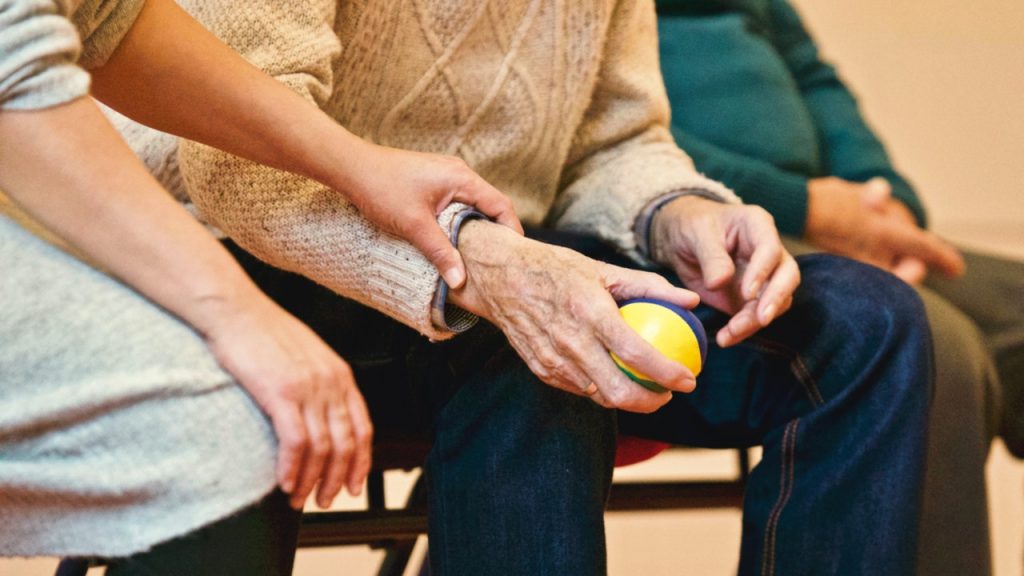Cycling Can Improve Mobility in Myotonic Dystrophy

Regular cycling can greatly improve mobility in patients with myotonic dystrophy (MD), an inherited genetic disease that causes muscle degeneration, according to research published in The Journal of Clinical Investigation. Professor Mark Tarnopolsky, senior author of the study, said that cycling for 35 minutes three times a week for 12 weeks led to a 32% increase in overall fitness in people with MD.
The participants also saw a 1.6-kilogram increase in their muscle mass and a two percent reduction of body fat. They were also able to walk an extra 47 metres in six minutes, when tested by researchers at the end of the 12-week trial.
The research team recruited 11 patients with MD to examine how effective cycling was in restoring and maintaining their physical health. Researchers also studied the underlying molecular mechanisms through which exercise strengthens the skeletal muscles, which can be severely weakened by MD.
“Exercise really is medicine – we just need to get the message out,” said Prof Tarnopolsky. “Myotonic dystrophy is a progressive condition that will impair your mobility and can put you in a wheelchair. There is no cure for it and only regular exercise helps you achieve better function.”
Prof Tarnopolsky said that some patients with MD are even advised by their doctors not to exercise, for fear of making their condition worse, but that is now proven false.
Prior studies with mouse models showed a range of similar physiological benefits from regular exercise, the researchers said. MD is the most commonly diagnosed type of muscular dystrophy in adults, and the second most prevalent of all muscular dystrophies, noted Prof Tarnopolsky.
MD’s main symptoms include severe skeletal muscle atrophy, general muscle weakness, reduced lung capacity and impaired heart function. Other symptoms may include cataracts, endocrine disorders including diabetes and gastro-intestinal disorders.
“MD itself is really a form of accelerated ageing,” said Prof Tarnopolsky.
Source: McMaster University









